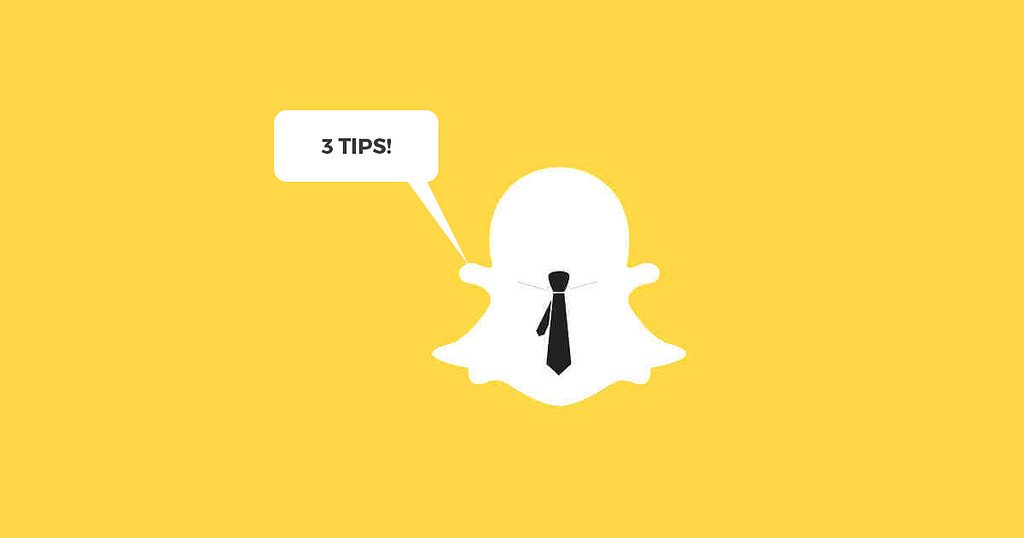Customer Service on Snapchat

In its short history, Snapchat has grown from a novelty app to a social media platform in which brands are eager to pioneer new styles of social media campaigns. From branded lens and geofilters, to influencer “story takeovers” and specialized in-app ads, there’s a multitude of ways for brands to utilize Snapchat. Users on Snapchat tend to be digital natives, younger and turned off by traditional advertising. They expect personal connections from the brands they love and buy from. Snapchat is a natural platform for these connections, and some brands are taking it to the next level by using the app as a customer service tool.
Brands have already discovered that Twitter makes a great customer service tool and allows for quick responses – but it doesn’t allow for voice or face-to-face conversations. Early adopters of Snapchat are discovering that the platform offers the direct connection of Twitter, with the added benefit of video to help solve customer issues, and puts a friendly face on customer service. Here are three ways brands are elevating customer experience through Snapchat.
Troubleshoot customer service problems with video
For certain consumer and B2B brands, troubleshooting product issues can be difficult over the phone. But busy consumers often don’t have time to come back into the shop, ship the product back, or make an appointment to have their defective product looked at. Forward-thinking companies like iOgrapher are experimenting with applying Snapchat’s convenient video messaging to their troubleshooting process. Customers with concerns can make a short Snapchat video describing the problem and send it directly to the business’ account. This is convenient for both customer and business: The consumer gets a quick, easy way to send in a “support ticket,” and the business gets a physical look at what the problem is, rather than trying to decipher the issue over email or phone. While this might be difficult for one customer service rep to manage for large corporations (and the multitude of customer issues they respond to daily), small to mid-size startups and businesses can use the platform as a free tool to connect to consumers where they are and respond in a more personal way.
Phone calls without a call center
Occasionally, customers don’t need (or want) to use a video to discuss the challenges they’re having with a product – a phone call can suffice. But some call center systems can be frustrating to deal with, and no one enjoys listening to hold music for 20-30 minutes while they wait to speak to an actual human. Using Snapchat’s phone call feature, brands can connect with customers on an app they’re already spending time on. Brands need to connect with their audiences where they “live” – and that probably isn’t on an automated phone system.
Tutorials and guides
Particularly with beauty, food and health products, consumers love to see real people using and explaining products before they make a purchase. Whether it’s showcasing the variety of ways to use a hairstyling product or sharing a recipe using a new food item, brands can build goodwill by helping their customers learn how to use what they sell more efficiently. Snapchat is a perfect platform for tutorial videos. Brands can use their own staff or partner with popular influencers and offer tutorial videos for their followers. When advertised beforehand on other social platforms, brands can ensure an audience for their Snapchat story (which will only stay live for 24 hours).
Though still in its early stages (and facing strong competition from Instagram’s Stories), Snapchat is still growing in popularity, especially among the younger age set. Brands who jump in now will be ahead of many companies, and will be able to experiment and pave the way in this new field of customer service. Customers will continue to demand personal, authentic connections, and brands that adapt to these needs will only benefit.